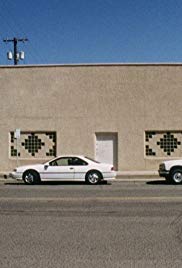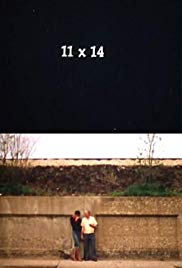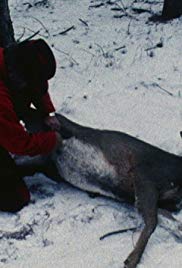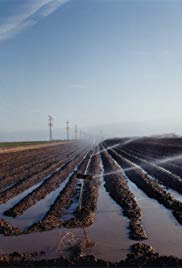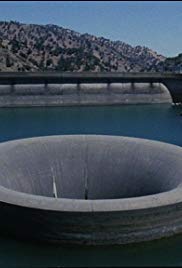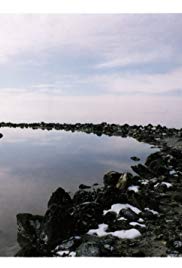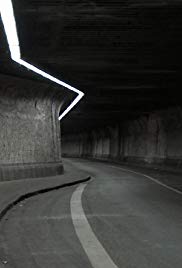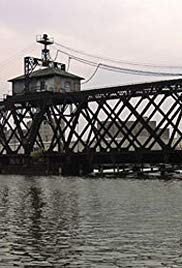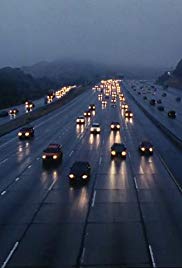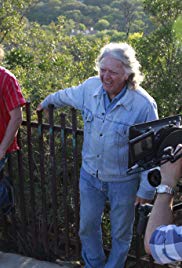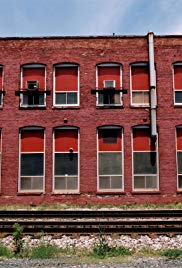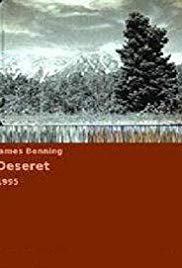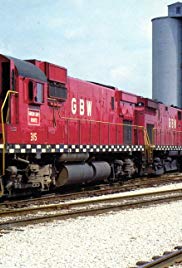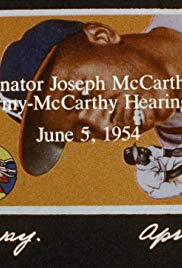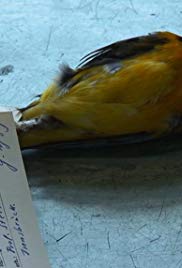O2TVSeries - Watch TV Series - Movies Online For Free
O2TVSeries - All James Benning Movie(s) and TVshow(s)
Four Corners (199
Four Corners (1998)
Four Corners (1998) James Benning's "Four Corners" uses a specific geographical location to pose larger questions about the United States. Here, the geographic and wholly imaginary place Four Corners, that ...
11 x 14 (1977)
11 x 14 (1977)
11 x 14 (1977) One of the most widely praised American avant-garde films in recent years, James Benning's 1977 feature is a laconic mosaic of single-shot sequences, each offering some sort of image/sound pun or paradox. At once a crypto-narrative with an abstract, peekaboo storyline and a fractured,
Landscape Suicide
Landscape Suicide (1987)
Landscape Suicide (1987) In "Landscape Suicide" Benning continues his examination of Americana through the stories of two murderers. Ed Gein was a Wisconsin farmer and multiple murderer who taxidermied his victims in the 1950s. Bernadette Prott was a California teenager who stabbed a frien
El Valley Centro
El Valley Centro (1999)
El Valley Centro (1999) Employing natural sound and contemplative proscenium shots, Benning skillfully composes a series of pure and majestic images that at once evoke a sense of nostalgic splendor as well as deliver a subtle, yet penetrating, political commentary. Benning tells the story of how wat
Sogobi (2002)
Sogobi (2002)
Many films by this master of landscape cinema are cinematic studies of specific landscapes, as is the case with SOGOBI – the Shoshonean word for “Earth” –, Benning’s approach to the Californian wilderness in 35 carefully composed scenes with a great depth of field and devoid of humans. “
Casting a Glance
Casting a Glance (2007)
Although often characterised as minimalistic, James Benning’s intensive ‘landscape films’ deal with social and historical issues in a variety of ways: they entice concealed or displaced strata of American life from the landscape. His latest film, Casting a Glance, had its world premiere at the
Ruhr (2009)
Ruhr (2009)
Ruhr (2009) James Benning's worrying and also reassuring vision of the Ruhr Valley, shot in six fascinating takes of a tunnel, a forest, a factory, a mosque, graffiti and a chimney.
One Way Boogie Wo
One Way Boogie Woogie 2012 (2012)
In late May of 2011 I returned to Milwaukee to make a third version. This one was shot with a Sony HD camera. For this second re-make I decided to go back to the original idea, that is, to simply document the architecture in Milwaukee’s industrial valley.
Los (2001)
Los (2001)
Los (2001) Los Angeles is depicted in 35 stationary shots, each 2 1/2 minutes long, in this non-narrative film.
Double Play: Jame
Double Play: James Benning and Richard Linklater (2013)
Double Play: James Benning and Richard Linklater (2013) In 1985, filmmaker Richard Linklater began a film screening society in Austin, Texas, that aimed to show classic art-house and experimental films to a budding community of cinephiles and filmmakers. The Austin Film Society raised enough money t
Deseret (1995)
Deseret (1995)
Deseret (1995) James Benning took the founding of the New York Times in 1851 as a departure point for his latest film, Deseret. In the best Benning tradition, Deseret unfolds magnificent landscapes captured with a stationary camera during a dozen-odd trips throughout the calendar year - deserts, pla
RR (2007)
RR (2007)
I found this experimental film absorbing, even funny intentionally in one spot The concept is very simple A series of locked off shots where a train, not visible at first, enters frame, goes all the way through, and leaves frame What makes it interesting is Bennings wide range of compositions and fr
American Dreams:
American Dreams: Lost and Found (1984)
American Dreams: Lost and Found (1984) American Dreams is chock full of concrete, discrete elements that comprise an American iconography of the past three decades. The film encourages a kind of perverse nostalgia for 'the good old days': Nixon's 'you don't have Nixon to kick around any more'; Elvis
